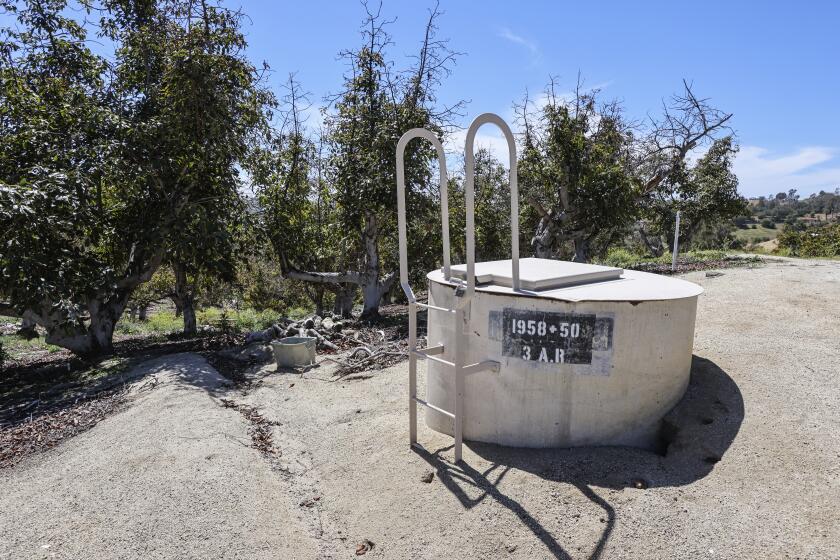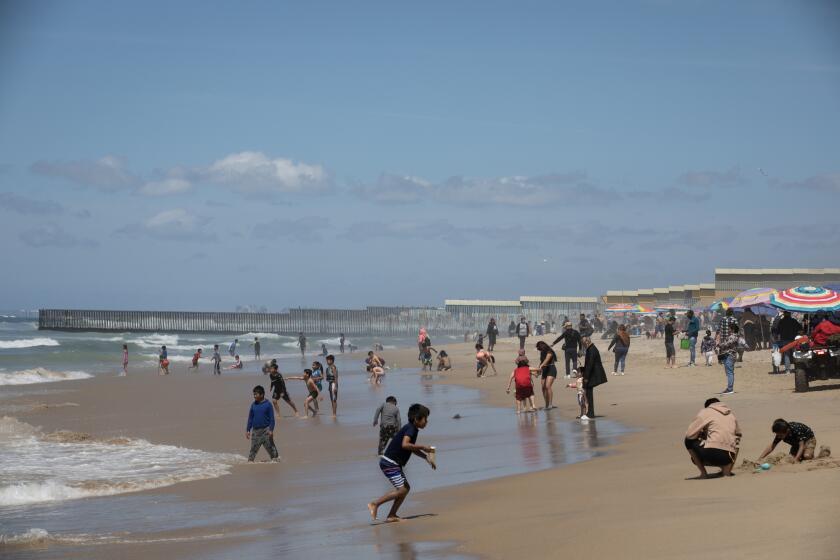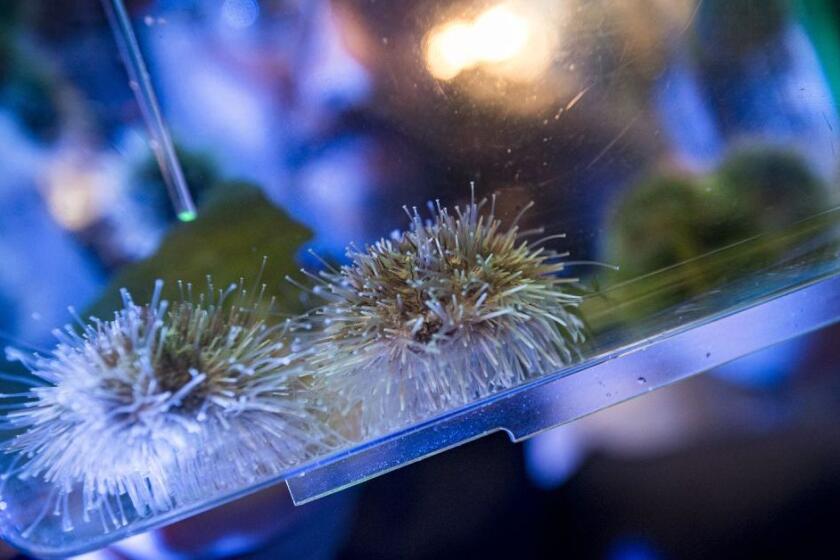The hunt for life beyond Earth begins in the oceans
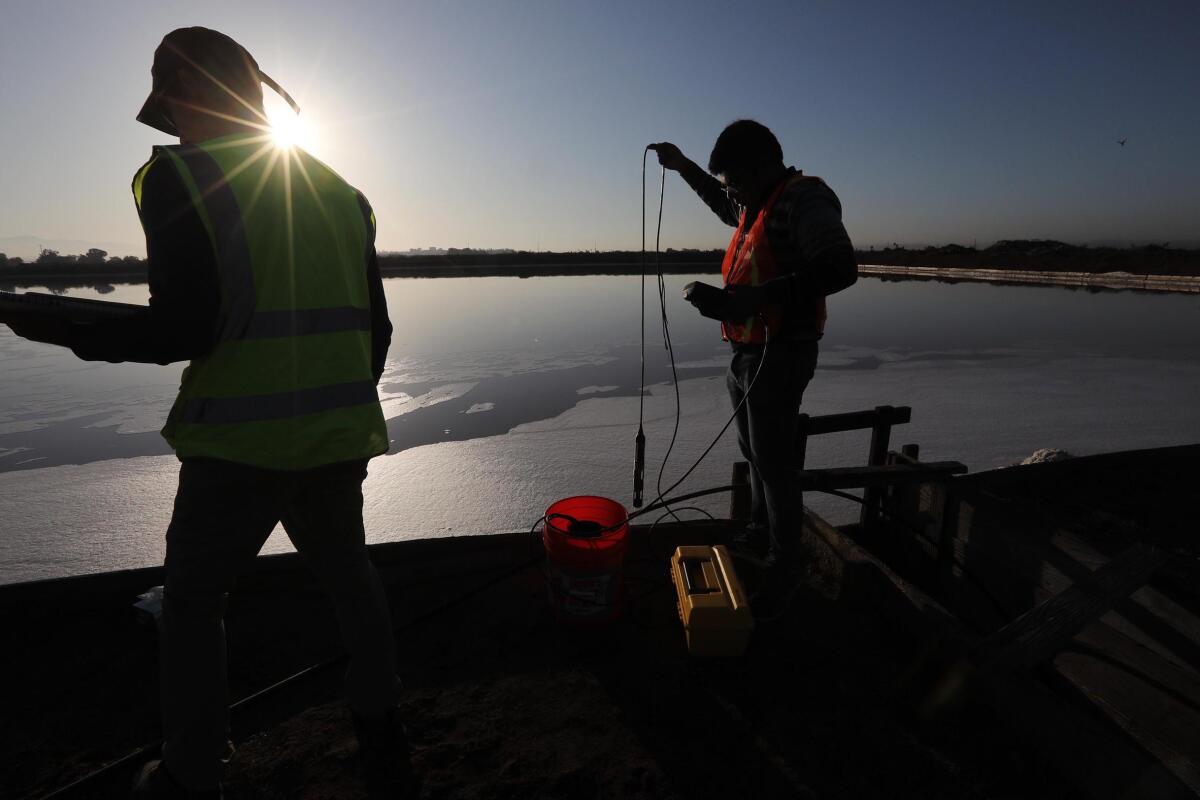
If life can survive in the harshest spots on Earth, could it exist in other parts of the solar system?
The caustic salt flats in San Diego’s South Bay and the deep-sea methane vents off the coast of Del Mar hardly seem like places where life could survive. But it’s there. And by studying how organisms live in those punishing conditions, scientists believe they can devise methods to detect life elsewhere in the solar system.
That’s the aim of a group of 18 researchers participating in a five-year, $7.1 million NASA-funded program called Oceans Across Space and Time.
Jeff Bowman, a member of the team and an oceanographer at Scripps Institution of Oceanography at UC San Diego, said the group is seeking “signals of a past or present living world” beyond Earth, in places such as Mars, Jupiter’s icy moon Europa, and Saturn’s moon Enceladus.
“We’re trying to understand why life is concentrated in different parts of oceans,” he said.
To that end, the researchers are exploring the salt flats for information on the microbes that dwell in hyper-saline conditions, and also plan to sample deep-sea brine lakes -- pockets of dense, ultra-salty water -- in the Gulf of Mexico. There microbes - and even some invertebrate organisms - can survive in frigid, saline waters with little to no oxygen.
A portion of the team is in Antarctica now during the Southern polar summer, where they will look for organisms under ice shelves with a robotic rover called Icefin. They also aim to send the rover more than 3,500 feet down to the methane seep off Del Mar, where bacteria synthesize nutrients from methane gas instead of sunlight.
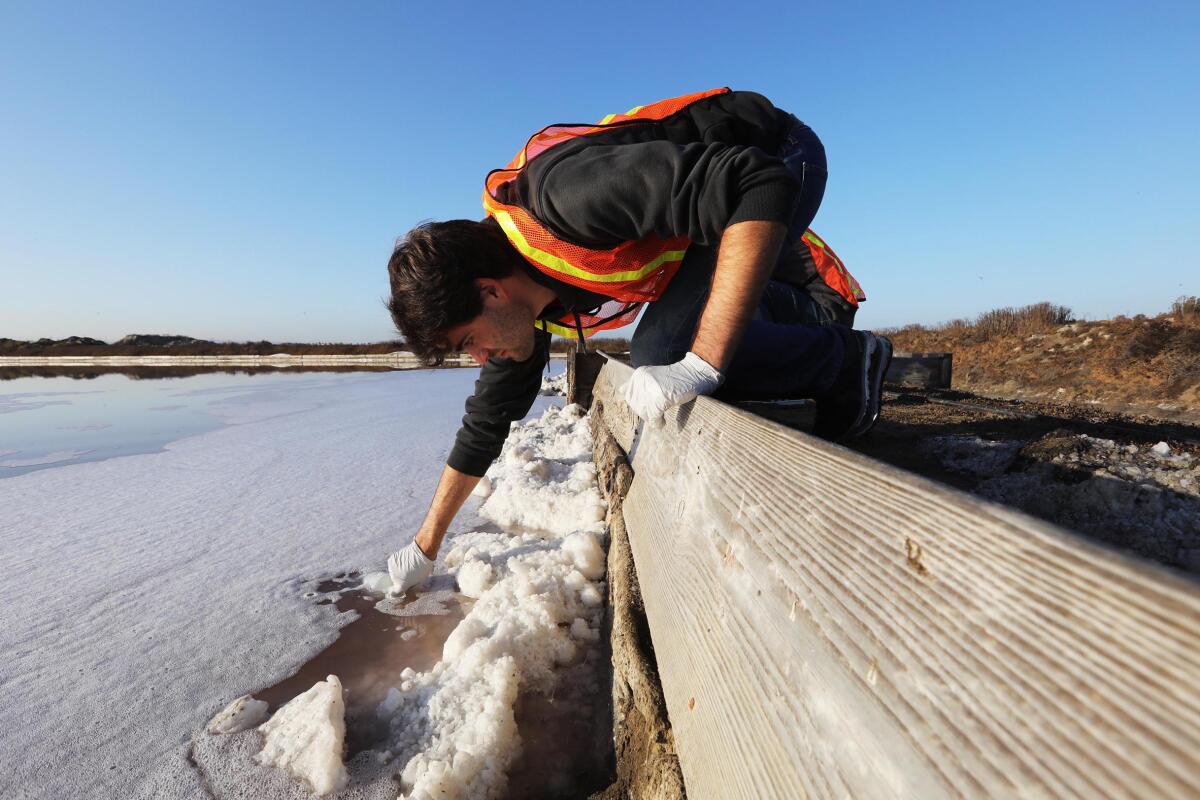
In these far-flung outposts, they are fine-tuning methods to find life in extreme environments, and identify the chemical fingerprints of past life preserved in saltwater or ice. They hope to use those techniques on space missions to Enceladus and Europa.
That hunt for life beyond Earth could answer “one of the biggest questions involved in the human condition,” said Jacob Buffo, a scientist with the OAST Icefin team and postdoctoral researcher at Dartmouth College.
Finding life on icy moons could be a turning point in science comparable to Galileo’s demonstration that the Earth orbits the sun, or the decryption of the genetic code, researchers said.
“We’d have so many more questions to answer and I think it would be a revolutionary time for all areas of science from biology to astronomy to anthropology and philosophy,” Buffo said.
Prime real estate
Why Enceladus and Europa? Both are regarded as prime real estate for extraterrestrial life, should it exist in our solar system. Enceladus is a bright, icy body with a frozen crust over a saltwater ocean. The 2005 NASA Cassini flight discovered plumes of ice and gas erupting through cracks in its surface. Europa, slightly smaller than Earth’s moon, is covered with 10 to 15 miles of solid ice, which scientists believe conceals a liquid ocean.
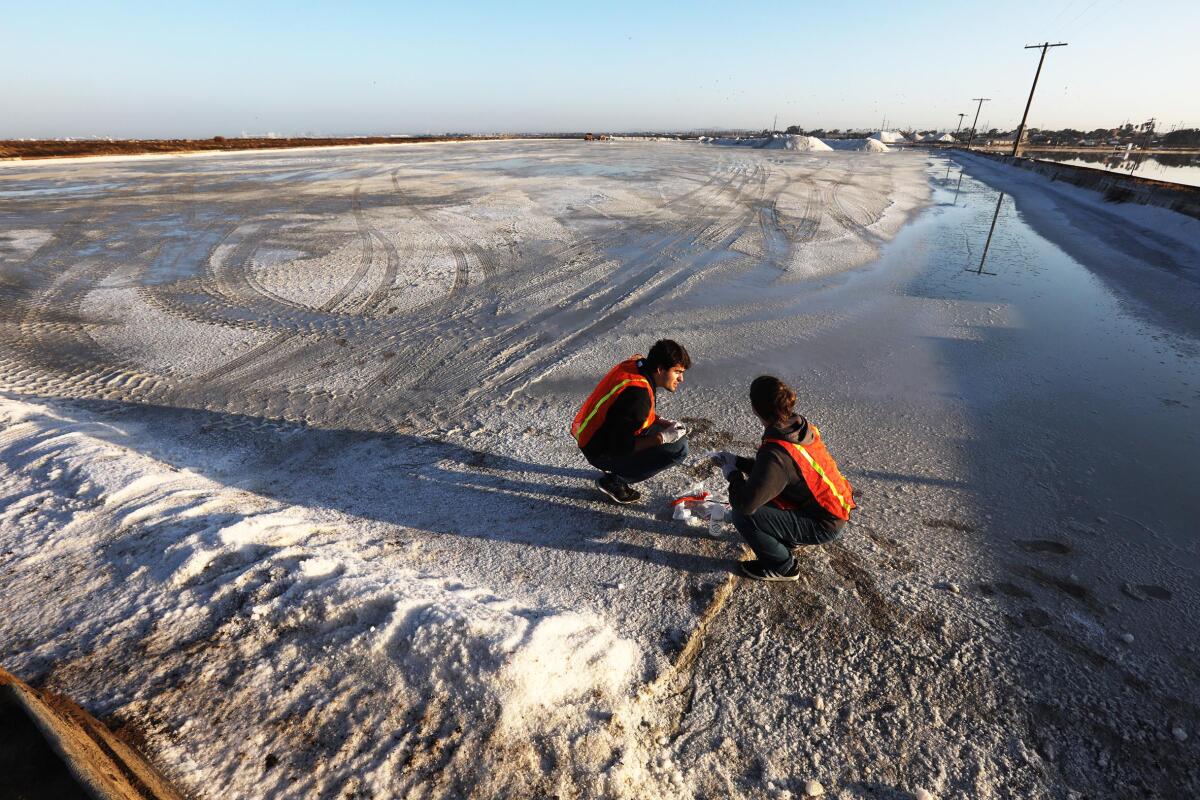
The OAST team is preparing to test that hypothesis on future space flights.
The project team comprises experts in the physical structure of these places, such as planetary geologists, oceanographers and ice physicists, and those who study their inhabitants, including molecular biologists, geomicrobiologists, and astrobiologists: specialists in the search for life beyond Earth. In addition to Scripps and Georgia Tech, they hail from the Massachusetts Institute of Technology, Stanford University, the University of Auckland and the University of Texas.
“The astrobiology community and planetary science community is working really hard to figure out how we could find and demonstrate what life is like on another planet,” Bowman said. “We’re testing strategies to see if we can distinguish life from ‘not life.’”
That might seem self-evident in parts of the world that teem with organisms ranging from plants to earthworms to people. But it’s trickier in places that appear inherently hostile to life.
Portions of the salt flats, for instance, appear at first glance to be dead zones. Although some ponds with moderate salinity host brine shrimp and waterfowl, other basins are so salty that standard scientific instruments strain to measure it. Basic chemistry suggests that life shouldn’t survive there.
“Salts will disorder proteins that life is made of, and make them unable to operate,” Bowman said.
And yet life persists. The otherworldly pink pools: they’re tinged with carotenoid pigments from organisms that specialize in those noxious conditions.
“As the lakes are tracking toward that really provocative pink color, that’s the sign that they are transitioning toward organisms that can tolerate high UV light and high salinity,” Bowman said.
Salt of the Earth
Those twilight zones are the specialty of OAST researcher Jen Glass, an associate professor at Georgia Institute of Technology who studies “how microbes can do chemistry that humans don’t know how to do.” That includes living in environments so salty that cell structures shouldn’t function.
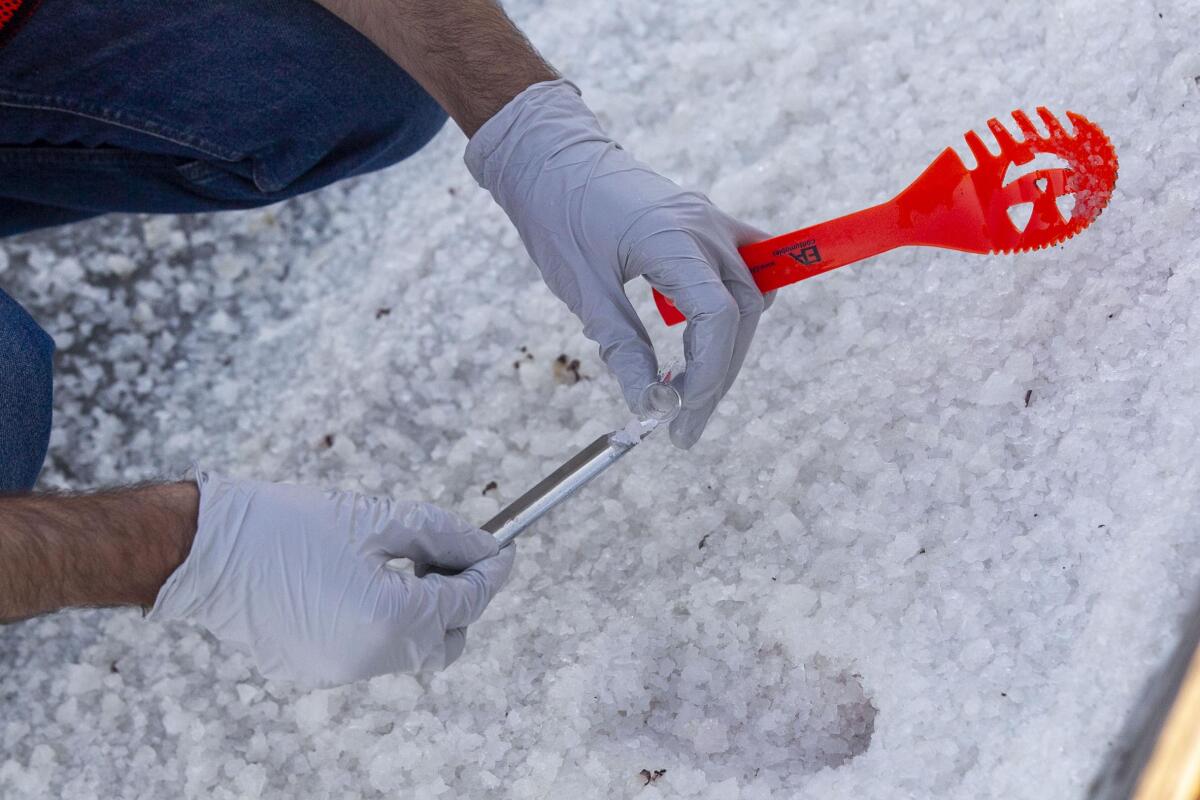
“We are studying extremely salty ecosystems where the chemistry goes haywire because water molecules act differently than they do in most of the waters on Earth’s surface today,” she wrote in an email. “Seawater doesn’t seem salty at all, compared to these brines. No complex higher life forms can survive in these environments. Only some bacteria and archaea (single celled microbes) persist. It is the very edge and even beyond life’s outer limits of survival.”
Buffo studies how organisms push those limits in hyper-saline lakes in British Columbia, where salt levels can reach 30 percent, or 10 times saltier than seawater.
“If we understand how biology adapts to these extreme ice/ocean/brine systems here on Earth, we can begin to predict different locations on other solar system bodies that might be prosperous habitable niches for astrobiological organisms,” Buffo said in an email.
The high freezing point of saltwater means that it stays liquid for longer and in harsher conditions than fresh water - a plus for microbes. On the downside, the extreme cold and salinity are generally deadly. To survive there, Buffo said, organisms have evolved ways to pump salts through their cellular membranes to keep their inner fluids from getting too salty. The microbes also emit secretions that act as a kind of natural anti-freeze, keeping a pocket of liquid water around them when they are trapped in ice.
In San Diego, those outer limits of biology are in our backyard. Bowman visited the Salt Works with a group of students last month to test sediments, water and biofilm - clumps of microbes commonly known as pond scum. Equipped with a GPS unit and bottles, they collected samples from half a dozen ponds, ranging from a wetland occupied by insects, birds and brine shrimp, to a barren salt flat that glinted stark white under the sunrise.
Field science is often an exercise in improvisation, and that morning was no exception. An orange plastic pumpkin scraper served as a sediment scoop. And a refractometer used to measure salinity couldn’t handle the extraordinary salt levels of the ponds, so team members had to dilute the samples to use it. For each sample they also measured conditions including temperature, chlorophyll, suspended particles and electrical conductivity.
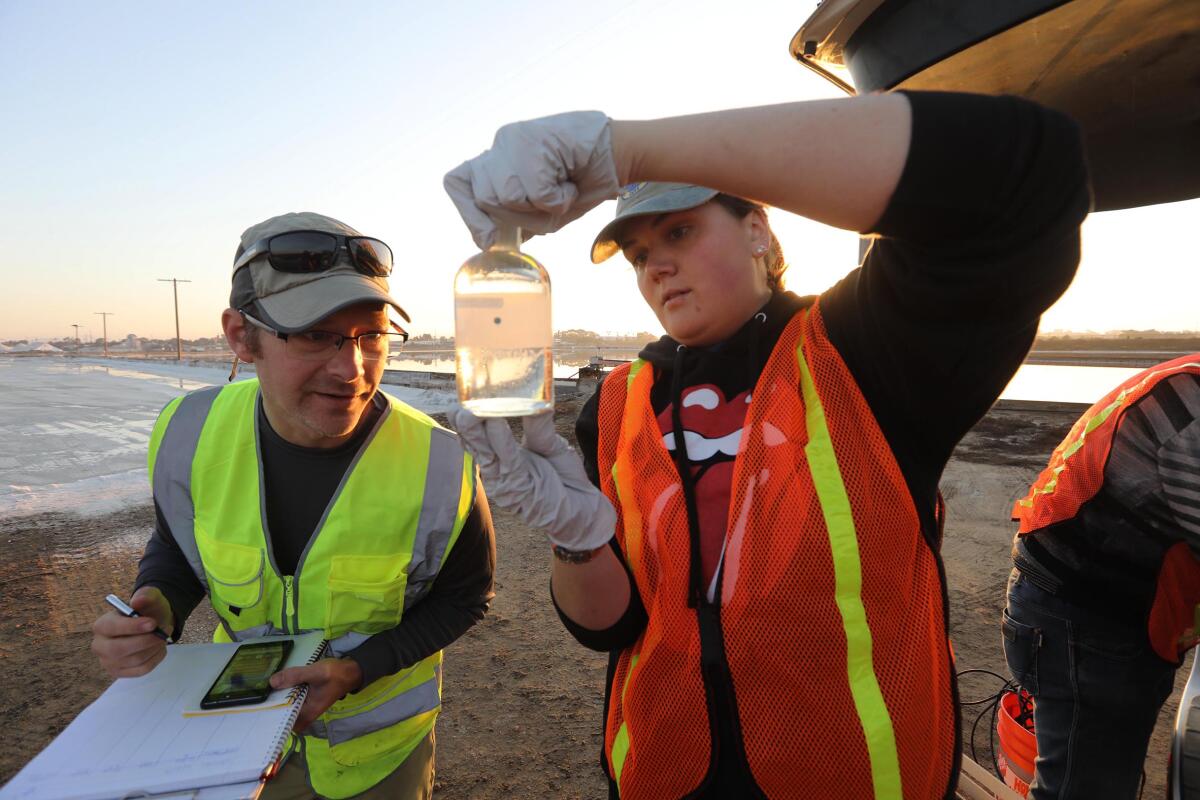
Back at the lab later that day, they would extract DNA from the samples in order to isolate the remains of microbes and their biomarkers. Through this kind of forensic chemistry, they’re working on ways to detect not only existing organisms, but also the signal of previous life.
“If this was Mars and had dried up billions of years ago, and if it had microbial life at that time, some of that would have been in biofilm, and those are the types of signatures of life that we want to find in contemporary samples,” Bowman said.
The meaning of ‘life’
How to recognize life once you find it is another subject scientists wrestle with.
“That is a question that has been horribly debated by scientists ad infinitum, ad nauseum,” said Amanda Stockton, an assistant professor of chemistry at Georgia Institute of Technology, and one of the co-investigators on the project.
All life on Earth uses the same 20 amino acids, and is encoded by the same four DNA nucleotides. It’s not clear, however, if organisms on another world would follow the same chemical recipe.
“There is no firm understanding as to why life these 20 amino peptides were selected,” Stockton said.
Are they universally necessary to life? Or just a lucky combination that happened to work well on Earth? Organisms that evolved “under completely different chemical and thermodynamic conditions,” could have a composition that eludes tests for terrestrial life.
“We’re talking about ocean worlds across the solar system,” Stockton said. “It’s highly likely that life would choose different amino acids.”
Buffo said one of the key features of life is self-organization, the ability to create organic order from chaos: “you really need to be able to beat entropy to be considered living, in my mind.”
Beyond that, he said, “I think the biggest thing is to be open-minded, to never pigeon-hole our expectations for what life will be like somewhere else or what conditions it will be capable of living in. If we’re only looking for Earth-like life, then we’re likely limiting ourselves by quite a bit.”
Instead of seeking exact counterparts to terrestrial life, researchers would look for certain patterns of amino acids that suggest biological origins and metabolic processes.
“We need a self-replicating system that uses energy in a certain way, or uses Darwinian evolution,” Bowman said.
What are the odds that they’ll find it? Life emerged on Earth within a billion years of its formation 4.5 billion years ago, and has saturated nearly every nook and cranny of the planet. If conditions to sustain life exist elsewhere, scientists are betting they’ll discover it.
“Given everything I know, it would look like that is a slam dunk,” Stockton said. In light of “everything we understand about how life emerged on Earth and persists today, then there should be life on Europa.”

Getting their experiments across the solar system will be the next big step. Bowman said they anticipate deploying landers that could analyze samples on the spot, completing lab tests for metabolic activity on devices the size of microchips.
“Now we have the technology to detect those signals on very, very low samples, and on very small scale,” Bowman said.
Deploying a “lab on a chip” to do field analysis on Mars or the moons could help scientists pinpoint the best sites to collect samples. And the compact scale would allow them to process thousands of samples, instead of just a handful, Bowman said.
Stockton said she believes NASA’s Mars 2020 rover mission, which will search for signs of past microbial life, could be key. The rover will collect samples that would eventually be delivered to Earth, providing a trove of material for researchers looking for ancient life. Bowman is counting on a longer timeline, perhaps 10 to 15 years out, and expects that the OAST research could inform subsequent landings to look for current or ancient life on Mars or Europa.
If they find it on one of Earth’s neighbors, Stockton said, “that would revolutionize how we perceive ourselves in relation to the rest of the universe.”
Detecting life beyond the Earth would show that our planet is not as unusual as we thought, nor as isolated, she said.
We’d learn that “We are not a Noahs’ Ark, but part of a larger distribution of life throughout the solar system and then throughout the universe.”
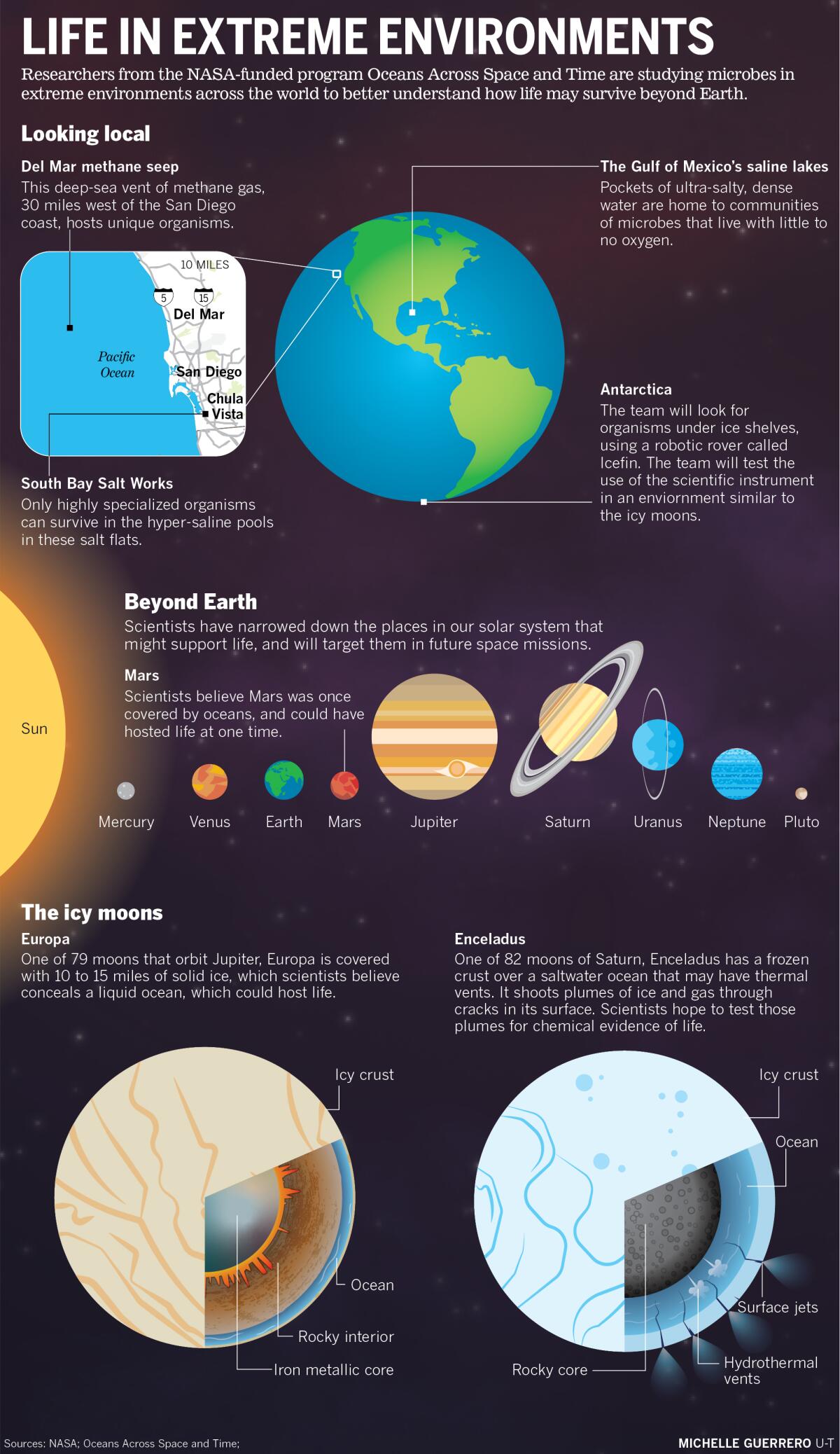
Get Essential San Diego, weekday mornings
Get top headlines from the Union-Tribune in your inbox weekday mornings, including top news, local, sports, business, entertainment and opinion.
You may occasionally receive promotional content from the San Diego Union-Tribune.





